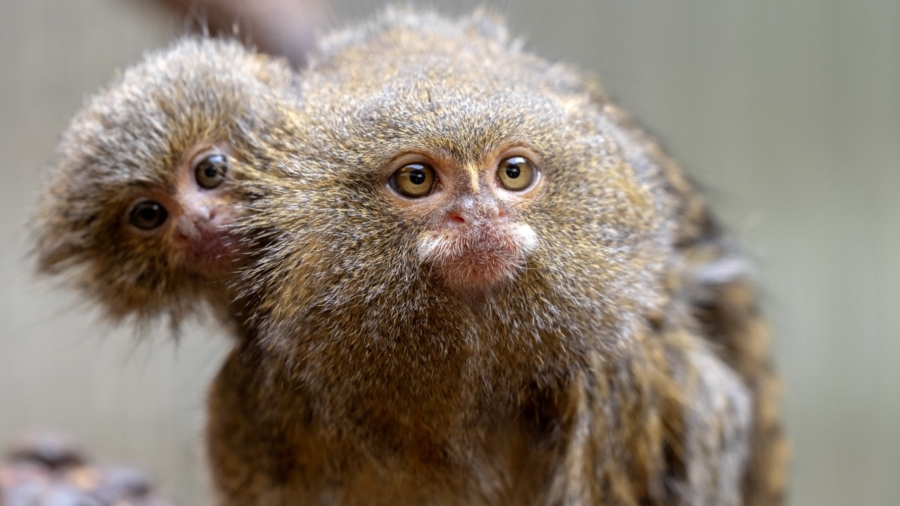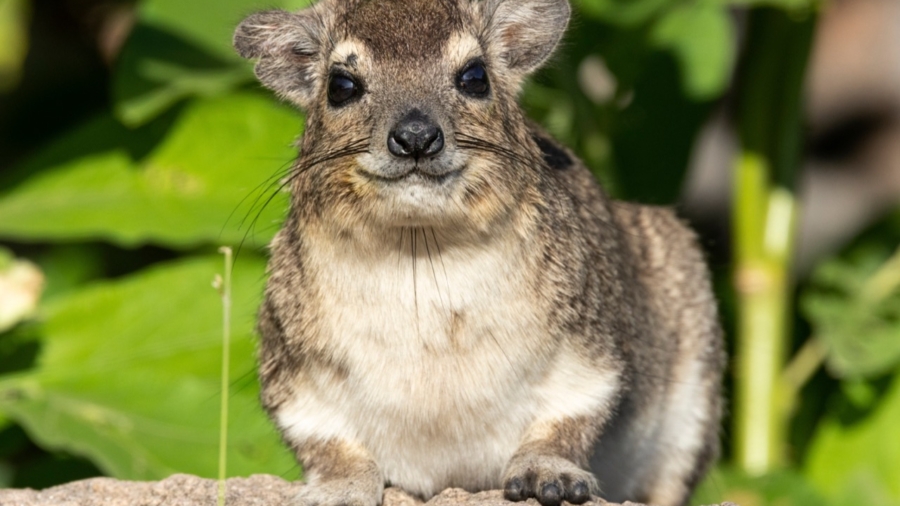Imagine a creature so small that it can perch comfortably on your finger, yet so vibrant that it captivates with its mere presence. This is the world of the pygmy marmoset, one of the smallest primates on the planet. With their expressive eyes and diminutive stature, these little beings offer a fascinating glimpse into the complexity of nature’s designs. This article explores the intriguing aspects of pygmy marmosets, from their physical characteristics to their unique behaviors.
**Characteristics / Physical Description**
The pygmy marmoset, scientifically known as Cebuella pygmaea, boasts a weight of merely 100 to 140 grams and a body length of about 12 to 16 centimeters, excluding the tail. Their fur is dense and multicolored, primarily a blend of gold, brown, and green hues, which aids in camouflage among the lush greens and browns of their forest habitat. Their tails, which are longer than their bodies, help in balancing as they navigate through dense foliage.
**Taxonomy and Classification**
Pygmy marmosets belong to the family Callitrichidae, which includes other small monkeys such as tamarins and other marmoset species. This group is distinguished by their shared traits like twin births, claw-like nails (in contrast to other primates’ nails), and specialized teeth for gouging trees.
**Behavior and Social Structure**
Pygmy marmosets are known for their complex social interactions. They typically live in groups ranging from two to nine individuals, usually comprising a breeding pair and their offspring. Communication within these groups is vital and is facilitated through a series of vocalizations, body language, and facial expressions. They maintain tight family bonds, often seen grooming each other, which helps strengthen social connections and maintain peace within the group.
**Habitat and Distribution**
These tiny primates are natives to the rainforests of the western Amazon Basin in South America. They thrive in dense, mature forests, particularly favoring areas abundant with bamboo and vine tangles where they can hide from predators and seek out their food sources.
**Diet and Feeding Habits**
The diet of pygmy marmosets is quite specialized. They primarily feed on tree gums, resins, and sap, which they access by gnawing holes in the bark with their specialized teeth. This diet is supplemented by insects, fruits, and occasionally small vertebrates. Their method of feeding requires a habitat that supports plenty of trees which produce the necessary sap.
**Breeding and Reproduction**
Reproduction in pygmy marmosets is noteworthy as females can give birth to twins twice a year, which is quite rare in the primate world. The entire group assists in raising the young, with males and older siblings taking active roles in care-giving.
**Relationship with Humans**
Pygmy marmosets have suffered from habitat destruction and the illegal pet trade. Their charismatic appeal makes them targets for capture as exotic pets, which often leads to poor health and mortality due to improper care. Conservation efforts are crucial to ensure their survival in the wild.
**Evolutionary History**
The evolutionary path of pygmy marmosets is fascinating as it reflects adaptations to a specialized niche. Their small size and dietary habits suggest a long history of adaptation to a forest environment where competition for food is stiff and predation is a constant threat.
**Use as Research Animals**
Due to their unique physiology and social structure, pygmy marmosets have been subjects in scientific research, particularly in studies related to communication and reproductive biology. While providing valuable insights, it also raises ethical concerns regarding their well-being and conservation.
Pygmy marmosets continue to fascinate and intrigue the scientific community and the public alike. Their existence not only enriches the biodiversity of our planet but also highlights the intricate connections within ecosystems. Ensuring their survival is not just about saving a cute species; it’s about maintaining the health of an entire ecosystem.
#tags
[“pygmy marmoset”, “Cebuella pygmaea”, “primate behavior”, “rainforest wildlife”, “animal conservation”, “exotic pets”, “marmoset social structure”, “Amazon Basin wildlife”, “primate conservation”, “tree gum diet”]


